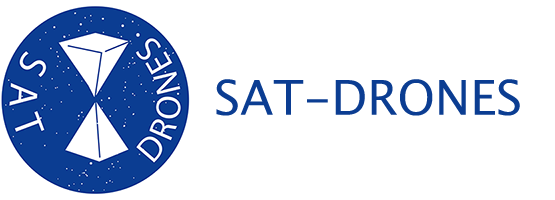Drones Commercial Operations in Europe and in the United States
In Europe:
The EASA (European Aviation Safety Agency) has published at the beginning of June 2019 the European Drone regulations for flying drones, even commercial drones, safely. Good for EASA.
The general site is here: https://www.easa.europa.eu/regulations with the information about the basic regulations, the AMC (Acceptable Means of Compliance), MG (Guidance Material), and the Certification (“soft law’).
In the United States:
However, according to the US Small UAV Coalition, the United States government has not moved fast enough with its own regulations on operating commercial drone services, although I must add, it has moved fast enough on regulations on registering drones.
Google and Drones:
The FAA (Federal Aviation Administration) has issued, in May-June 2019, the certificate for Google Autonomous Wing Drones, as the “first step” for an autonomous delivery drone service aiming to access goods, reduce traffic congestion, and CO2 emissions.
Amazon and Drones:
Similarly, FAA is in a discussion for a delivery drone service with Amazon Prime Air. Prime Air Drones can deliver a package within about 15 miles of radius and weighing less than 5 pounds (according to Amazon CEO Consumer Worldwide, between 75 and 90 percent of the current delivery fells under the threshold). These delivery drone services are tested both in the United States and abroad. e Air Drones have a combination of safety features that include visual, thermal and ultrasonic and other sensors to include a sense-and-avoid system.
Facebook and Drones:
Talking about the US effort in the commercial drone field, Facebook has halted the project of Aquila drones about one year ago in June 2018. The project Aquila was an internet solar-powered drone developed in great secrecy in Australia. However, Facebook is now collaborating with Airbus, the European aeronautical giant, in another solar-powered drone called Zephyr, also a HPAS (High Altitude Pseudo Satellite). Zephyr apparently is a model designed for “defense, humanitarian and environmental mission.” Zephyr Model S (visible in the picture) has a 25-meter wingspan and has an operation altitude of 20 km. It uses a millimeter-wave radio to broadcast to the ground. As a raft project, Facebook aims to increase internet access worldwide and in particular in Asia, Africa and Latin America.
More in the United States:
The LAANC (Low Altitude Authorization and Notification Capability) facilities established in the spring 2019 from a collaboration between the agency FAA and the industry operating commercially in the United States.
Right now, for commercial operators in the United States, there are several rules of FAA for drones, such as the prohibition to fly over people, that it is allowed only with a waiver, as well as others. All of these means that FAA is heavily involved with Unmanned Traffic Management (UTM). This will be the topic of one of the next blog.
